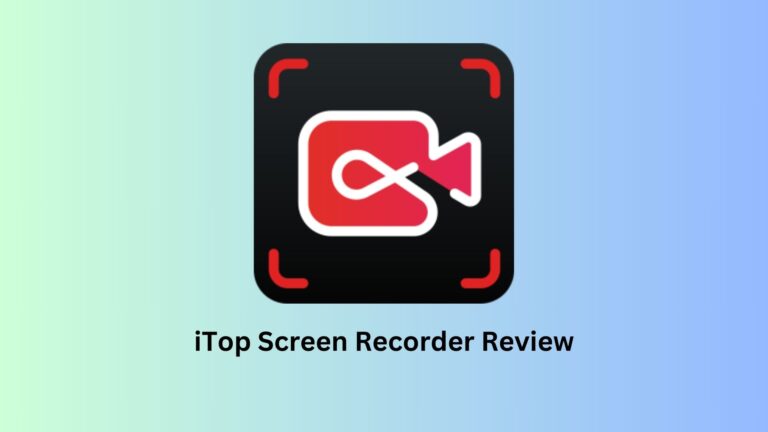Dihward: A New Ethical Blueprint for Cities and Digital Platforms
In the fast-paced evolution of technology and urban development, a new concept is quietly shaping the conversation about how we build, grow, and interact: Dihward. This term represents far more than a catchy buzzword — it’s a transformative mindset designed to fuse ethics, innovation, and long-term sustainability in both physical and digital spaces.
From modern cityscapes to sprawling digital ecosystems, Dihward aims to address one critical challenge: How can we create environments — whether physical or virtual — that are not only functional and efficient but also deeply rooted in human-centered values?
At its heart, Dihward revolves around three main values: ethical governance, sustainable innovation, and inclusive accessibility. Together, these principles provide a framework for building cities and digital platforms that benefit all stakeholders, not just the few at the top.
The Philosophy Behind Dihward
The name “Dihward” symbolizes a digital-urban hybrid mindset — one that recognizes the increasing overlap between our physical environments and the virtual platforms that influence them. Today, cities aren’t just roads, buildings, and parks. They’re connected hubs linked to apps, sensors, data networks, and AI-driven services.
In this blended reality, Dihward calls for intentional design and development — building spaces and technologies that serve communities ethically, protect privacy, promote fairness, and avoid exploitative systems.
For many, Dihward is less about a single project or tool and more about a commitment to responsible innovation.
The Three Core Values of Dihward
The Dihward framework rests on three guiding pillars that shape its approach to both city building and digital platform creation.
a) Ethical Governance
At its foundation, Dihward insists on governance models that prioritize transparency, accountability, and fairness. This means:
- Clear data use policies for digital platforms.
- Open civic processes for urban planning decisions.
- Stakeholder participation, ensuring that residents and users have a genuine voice.
Ethical governance recognizes that power imbalances often exist between authorities or corporations and the public. Dihward seeks to close that gap.
b) Sustainable Innovation
Technology is evolving rapidly, but Dihward questions whether every advancement is truly beneficial. Sustainable innovation focuses on:
- Long-term environmental impact in both city development and digital infrastructure.
- Minimal resource waste, whether physical (energy, materials) or virtual (bandwidth, server capacity).
- Design choices that encourage lasting value, rather than products designed for quick obsolescence.
For example, a Dihward-inspired city might integrate renewable energy grids into its infrastructure, while a Dihward-inspired app might limit unnecessary data collection to reduce energy-heavy storage needs.
c) Inclusive Accessibility
A truly Dihward approach ensures that everyone can participate in the systems being built. This includes:
- Physical accessibility in urban environments (wheelchair ramps, tactile paving, etc.).
- Digital accessibility (screen reader support, multilingual interfaces, simplified design for all skill levels).
- Affordable access, so technology and public spaces are not only available to the wealthy or tech-savvy.
In the Dihward philosophy, exclusion isn’t just a side effect of poor planning — it’s an ethical failure to be actively avoided.
Dihward in Modern City Development
Urban spaces are at the center of Dihward’s physical vision. In cities, Dihward principles might be applied to:
- Smart infrastructure that collects only necessary data and uses it to improve traffic flow, reduce pollution, and enhance safety.
- Green building codes that ensure new constructions are environmentally responsible.
- Community tech hubs that give residents access to digital tools and training.
Imagine a city where bus schedules, bike lanes, and recycling stations are coordinated through a privacy-respecting digital system — that’s Dihward in action.
Dihward in Digital Platform Design
Digital platforms increasingly shape our daily lives, from how we shop to how we vote. Under the Dihward framework:
- Social media platforms would prioritize meaningful interactions over algorithmic engagement traps.
- E-commerce platforms would be transparent about pricing, sourcing, and product impact.
- Educational platforms would be universally accessible and designed to adapt to various learning needs.
The focus here is on technology as a tool for empowerment rather than manipulation.
Why Dihward Matters Now
The urgency of Dihward comes from two converging trends:
- Urban growth — By 2050, more than two-thirds of the world’s population will live in cities.
- Digital integration — Nearly every aspect of urban life is becoming digitally mediated.
Without a guiding framework like Dihward, the risk is that these trends will prioritize efficiency and profit over equity and ethics. We’ve already seen the downsides: surveillance-heavy smart cities, exploitative gig economy platforms, and widening digital divides.
Dihward offers a way forward that is intentional, values-driven, and deeply aware of long-term consequences.
Real-World Applications of Dihward
While Dihward is still an emerging idea, elements of its philosophy can already be found in certain projects:
- Barcelona’s digital sovereignty initiatives, which give residents more control over their data.
- Singapore’s Smart Nation programs, which integrate accessibility and sustainability goals.
- Open-source community projects that prioritize transparency and collective benefit.
In each case, the focus isn’t just on innovation — it’s on innovation that serves the public good.
Challenges in Implementing Dihward
Of course, moving toward a Dihward model isn’t without challenges:
- Corporate resistance — Businesses often resist transparency and ethical guidelines that limit profit potential.
- Funding gaps — Sustainable and inclusive projects can be costly upfront.
- Policy inertia — Governments may be slow to adopt new frameworks or hesitant to regulate emerging technologies.
However, proponents argue that these are short-term hurdles compared to the long-term benefits of ethical, sustainable growth.
The Future of Dihward
Looking ahead, the success of Dihward will depend on:
- Global collaboration — Sharing best practices between cities and digital innovators.
- Education — Teaching ethical tech and sustainable design principles to future leaders.
- Public demand — Encouraging citizens and users to demand ethical practices from both governments and corporations.
The more people understand and advocate for Dihward principles, the more likely they are to be adopted on a broad scale.
Conclusion
Dihward is more than just a concept — it’s a call to action for how we think about cities and digital platforms. By centering ethics, sustainability, and inclusivity, it offers a blueprint for a future that works for everyone, not just the privileged few.
Whether you’re an urban planner, a software developer, a policy maker, or simply a citizen of the modern world, Dihward challenges you to think beyond short-term gains and embrace a vision of responsible, equitable progress.
If the future is to be both connected and humane, Dihward may very well be the roadmap we need.






